How To Maintain The Temperature Of Metal Barn In Summer Season
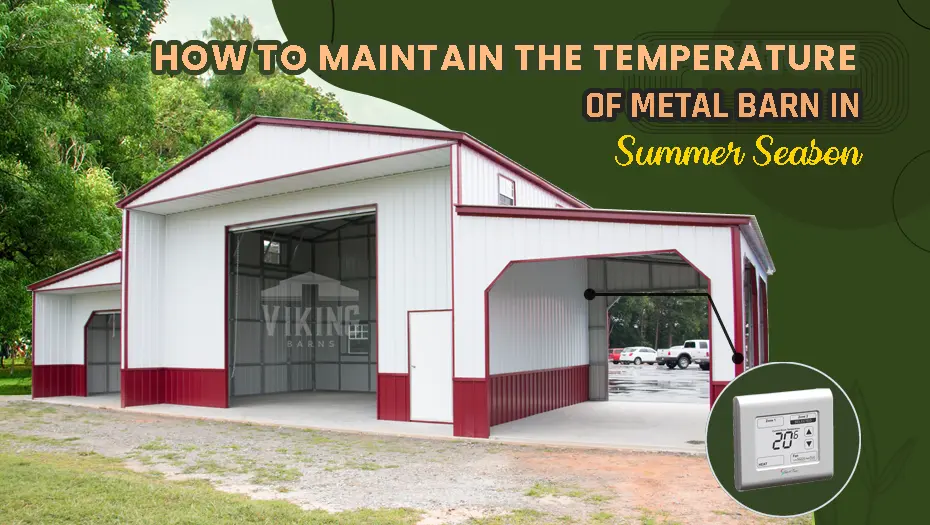
Imagine walking into your barn on a scorching summer day and feeling relieved with a wave of cool air inside a metal barn structure. Sounds amazing, right? A steel farm barn is a strong and reliable option for farmers, ranchers, and agribusinesses.
But, in places like Texas, Florida, Arizona, Georgia, and Southern California, intense heat can be a trouble during summers. Moreover, metal absorbs heat quickly, barns can become an oven inside. So, what to do?
Here, we will show you some of the practical ways to keep your barn cool so that supplies don’t spoil, animals stay comfortable, and you don’t feel like stepping into a hot oven every time you walk in to grab some tools. But first, let’s see why the steel farm building gets hot.
Why Does My Metal Barn Get So Hot?
Metal is one of the robust materials for barns that lasts long with minimal care. The only problem is – it absorbs heat quickly. When the sun shines on a metal barn building, its metal panels get hot and heat spreads throughout the building. Metal can hold onto heat for longer, making the inside feel like a preheated oven.
The ‘Greenhouse Effect’ inside a barn feels the same as getting inside a car that had been parked on the street in a hot summer. It feels hotter inside as heat gets trapped and stays in. This can damage equipment, tools, discomfort animals, and ruin stored goods.
Some states can have extreme summers, which can make barns even worse, such as:
- Long Summer – Texas, Florida, Arizona, California, and other southern states have hot weather that lasts for months.
- Frequent Heat Waves – Oklahoma, Kansas, Missouri, Nevada, and nearby regions deal with sudden spikes in temperature.
- High Humidity – Louisiana, Mississippi, Alabama, and South Carolina have muggy weather that makes the heat feel even worse.
Moreover, in high humidity, sweat doesn’t dry as fast, so people and animals can’t cool off as easily. This makes it easier to overheat and get sick from the heat. So, let’s see proactive steps to cool your metal farm building in hot summers.
5 Smart And Effective Ways To Cool A Steel Barn Building
Here are the top strategies to keep your steel custom barn cool and comfortable during summer:
1. Insulation – Your First Line Of Defense
Think of insulation like a superhero cape. It blocks heat transfer, reduces condensation, and moisture build-up. There are different types of steel farm building insulation options, and you can choose one based on your local climate, needed R-value, and your budget. Some common insulators are:
- Spray Foam – for a thick, heat-resistant layer, but can be expensive.
- Fiberglass Blanket – soft, cost-friendly option to regulate the metal barn structure temperature while making the barn quieter.
- Reflective Bubble – works double duty by blocking heat and reflecting sunlight.
The higher the R-value of an insulator, the better it is. At Viking Barns, we offer affordable single and double-bubble insulation, as well as woven R17, for higher thermal efficiency in hot climatic regions.
Bonus: Insulating a metal monitor barn also dampens sound from rain, wind, and storms, keeping the inside dry and comfortable.
2. Ventilation – Cooling Add-Ons
Trapped heat inside the prefab barns can make it even hotter. Thus, an efficient system is required to remove hot air and bring in fresh, cooler air, such as a ventilation system. These are of two types:
Natural Vents (use air movement, don’t need electricity)
- Windows and doors – place them in the direction of maximum air flow.
- Ridge vents – opening at the roof’s peak to let hot air escape.
- Gable vents – air vents on front and back barn walls to help fresh air flow in & out.
- Eave vents – at the roof’s edge to let cool air get inside.
Mechanical Vents (actively move air, require electricity to run)
- Exhaust fans – pull hot air out and cool air in.
- Circulation fans – large fans on walls, floor, etc., to move air inside the barn.
For example, you can choose between natural and mechanical options as ventilation systems in a horse barn, which will deliver comfort and reduce moisture & foul smell. You can use both types of vents in combination to remove heat faster and regular energy bills.
3. Radiant Barrier – Reflecting The UV Rays
A radiant barrier acts like a heat-proof mirror that bounces off the sunlight instead of absorbing it. You can choose between the following:
- Foil-faced sheathing ($1.29 to $3.01 per sq. ft.) – it is a special reflective layer that can be added to the barn walls and roofs.
- Reflective paint ($30 to $60 per gallon) – it is a heat-resistant coating to help keep the barn cooler.
With the right radiant barrier, the barn can stay cooler and use less energy for operating the HVAC system.
4. Exterior Paint and Coating – Choosing Light Colors
Have you ever worn a black t-shirt on a sunny day? Does it feel super-hot compared to a white t-shirt? Your steel barn building works the same way.
Light color, cool roof design reflects more sunlight than a conventional roof, lowering the temperature of the structure. A conventional roof can reach up to 150 ℉, while a reflective roof could stay around 50 ℉ cooler. This helps save money and energy in the long run, reducing farm operational costs.
Cool colors also help reflect heat, but not as good as white. You can pick colors, such as:
- White, beige, or light grey paints – to keep heat out and lower barn temperature.
- Reflective coatings – a special UV-resistant coating to help barns stay cooler & last longer.
One of the best tips to choose colors for steel barns is to have a clear vision of what you are going to use it for most of the time. For example, an outdoor shed can have camouflage color, you can opt for red for a traditional look, and light colors for sheltering animals, or a metal Barndo.
5. Don’t Underestimate Landscaping and Shade
Planting trees or adding shade near your barn can help block direct sunlight and keep the surrounding area cooler. You can choose landscaping like:
- Trees and bushes – tall trees with big leaves act as a natural shade, keeping the barn cooler all year round.
- Shade cloths – artificial covers that block sunlight instantly.
Did you know that the ground can also trap heat and make a barn hotter? Hence, choosing the right flooring can help in keeping the temperature stable and prevent heat build-up. You can pick:
- Gravel flooring (gravel allows air to move freely)
- Concrete flooring (lighter-colored concrete reflects sunlight, keeping it from overheating)
- Raised barn foundation (elevated barn roof helps with airflow & reduces heat retention)
Seasonal Maintenance Tips For Pre-Built Barn Temperature Control
Checking Insulation and Repairing Any Wear – Insulation is your barn’s best defense against heat, but with time, it can wear down. If you notice any small gaps, missing pieces, worn-out areas, holes, etc., inside the barn, repair them promptly before the summer arrives.
Note: In extreme heat regions, old insulation may get flattened or lose effectiveness. This must be replaced with new ones to ensure efficiency.
Cleaning and Ventilation Optimization – It is important to regularly clean the metal livestock barn to remove manure, urine, and organic matter around the animal stalls. This will remove foul odor and reduce the chances of pathogen growth.
Check all circulation fans to ensure they are running smoothly and not clogged. If there is any clutter near the vent, it is best to remove it for effective airflow.
Monitoring HVAC For Comfort – An efficient HVAC system saves energy and money. You can check air filters, clean and replace them to keep air moving, inspect ductwork for leaks or gaps, and test cooling units to ensure they are functional before summer peaks.
Long Term Cost Savings Of An Energy Efficient Barn – A farm barn can stay cool with insulation, ventilation, and regular maintenance, along with reducing farm operational costs in the long run, such as:
- Less energy used for cooling – lower energy bills.
- Proper ventilation = less equipment wear = savings on costly repairs.
- Good insulation = steady indoor temperature = savings on extra cooling.
Stay Cool All Summer By Upgrading To Prefab Barns Today!
Keeping metal buildings cool is not just about comfort, it is about making sure animals, supplies, equipment, and tools are safe and in pristine condition. The right planning will let you control the temperature to avoid summer heat.
But, which insulation to pick? Investing in a good barn cooling solution can make a big difference! Contact Viking Barns at (704)-579-6966 for expert advice and quality metal barn buildings that are built to last.
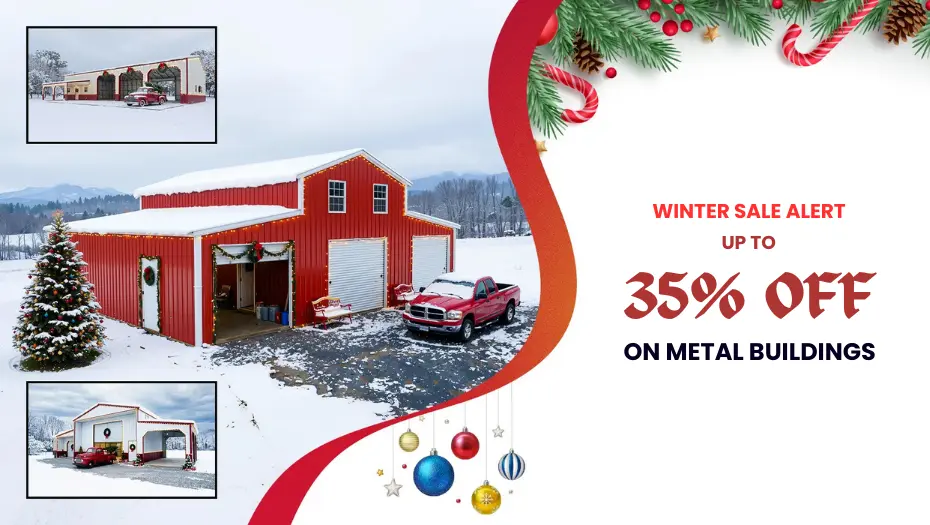

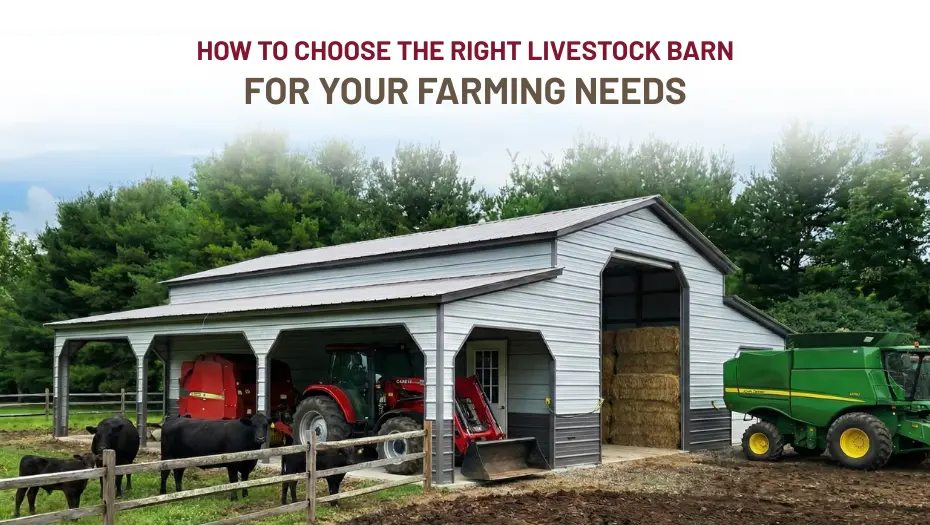
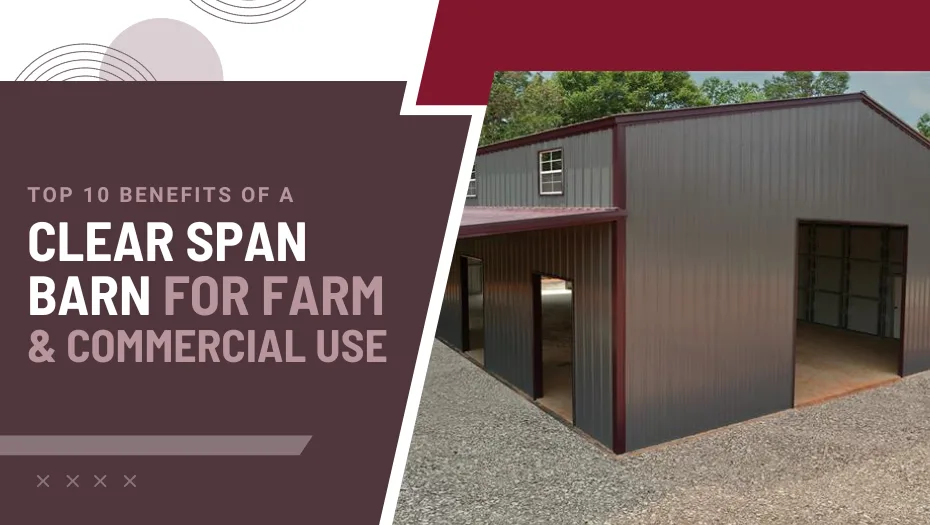
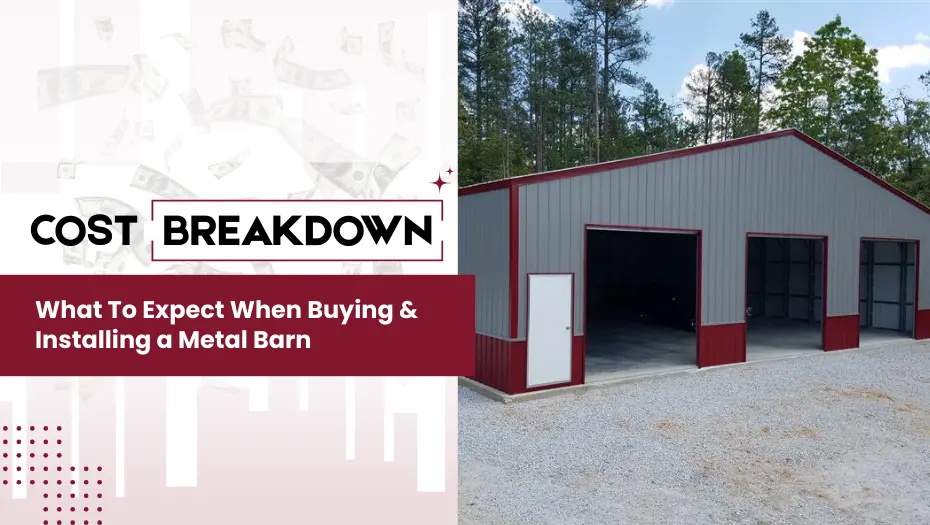
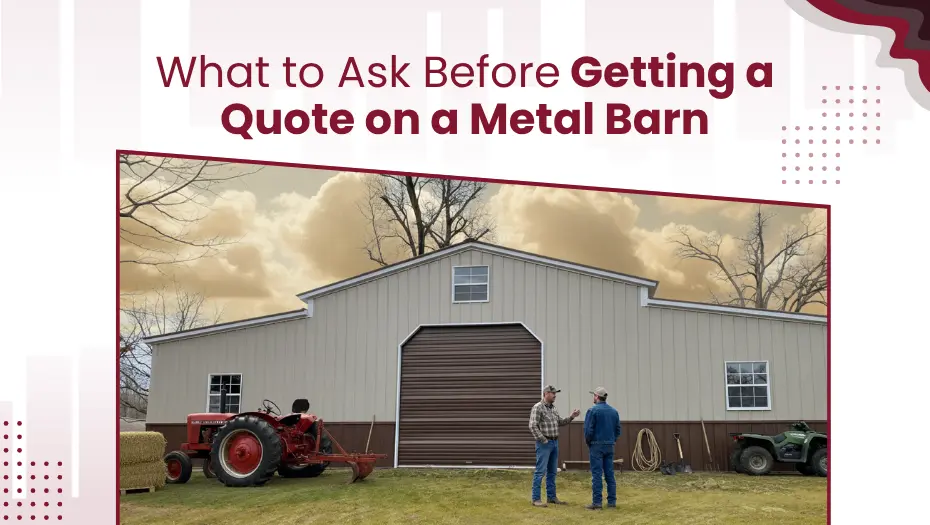
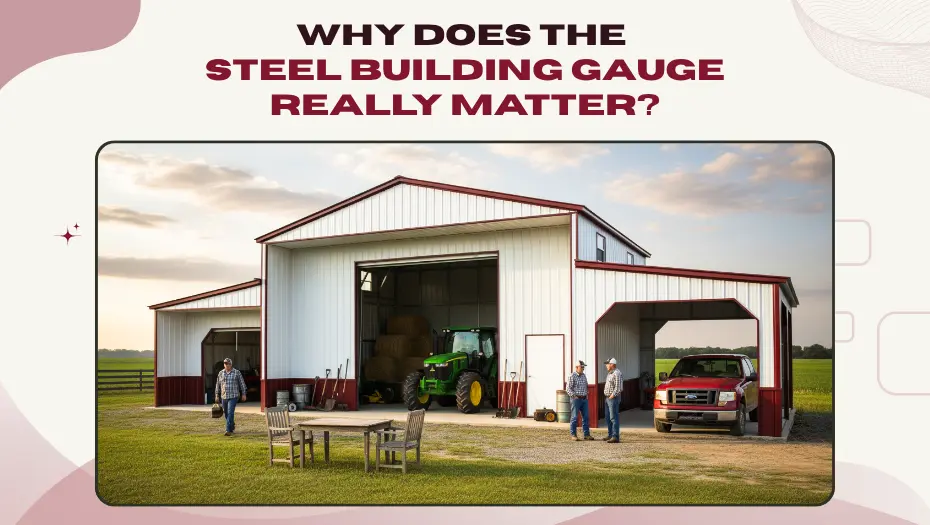
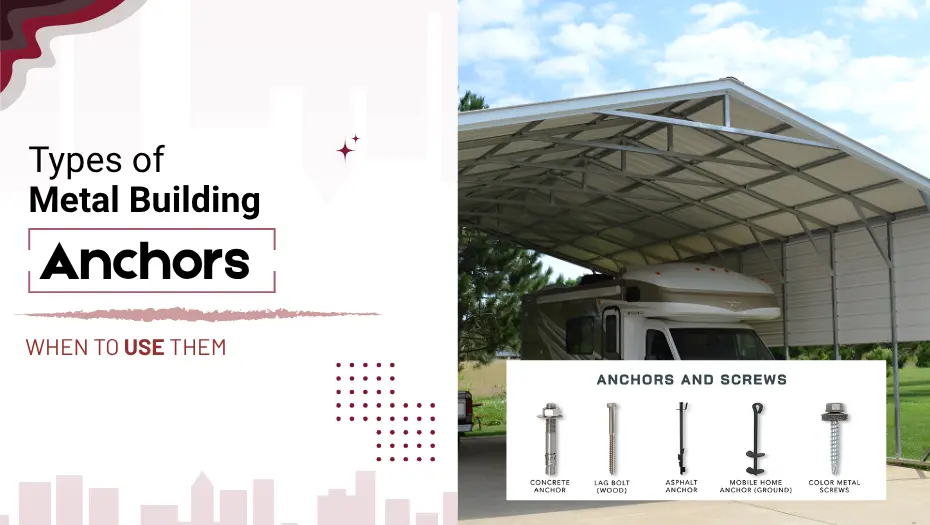
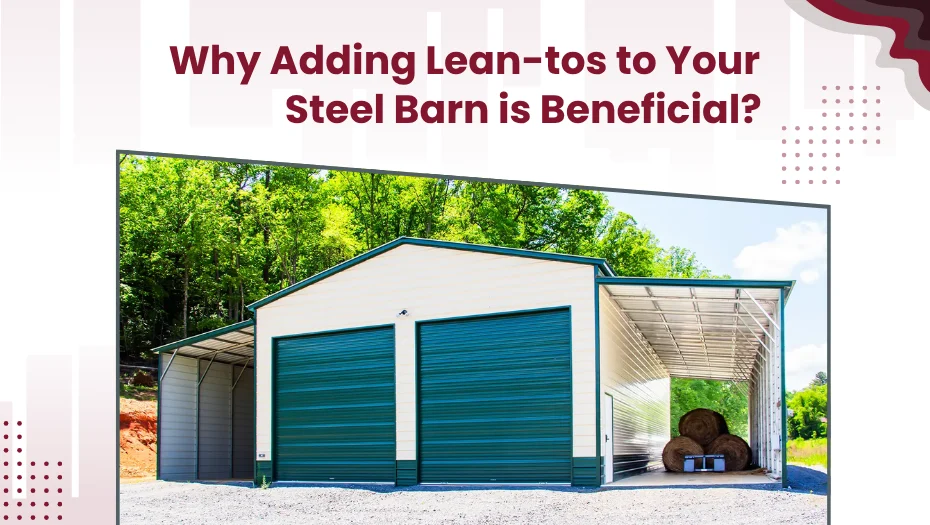
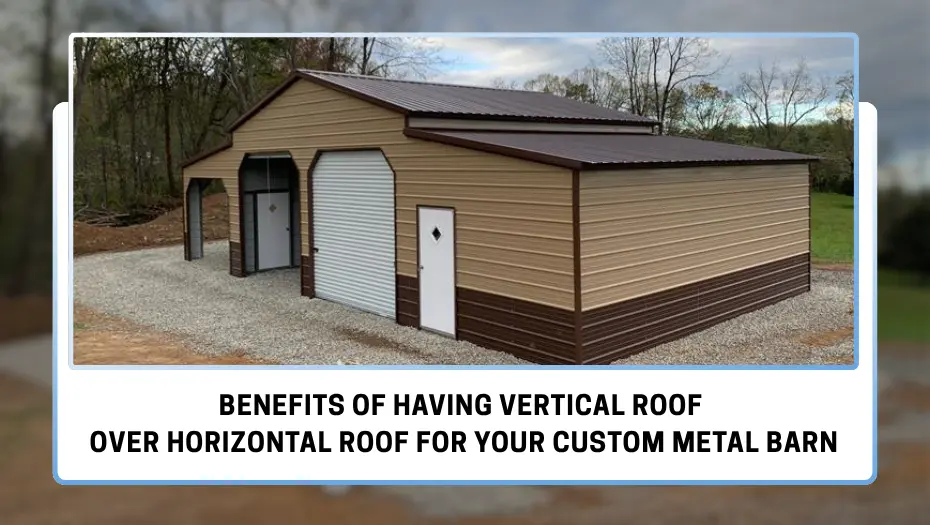
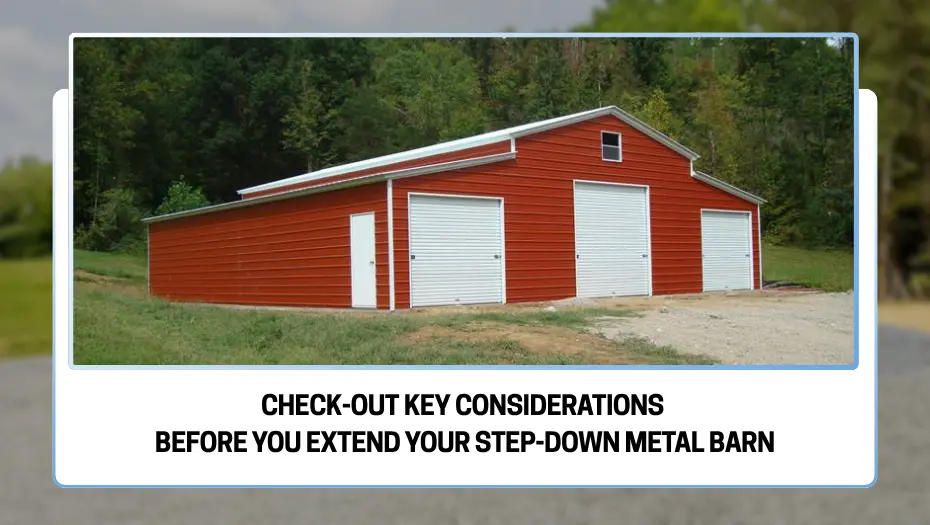


 Alabama AL
Alabama AL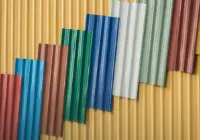

 American Steel Carports Inc.
American Steel Carports Inc.